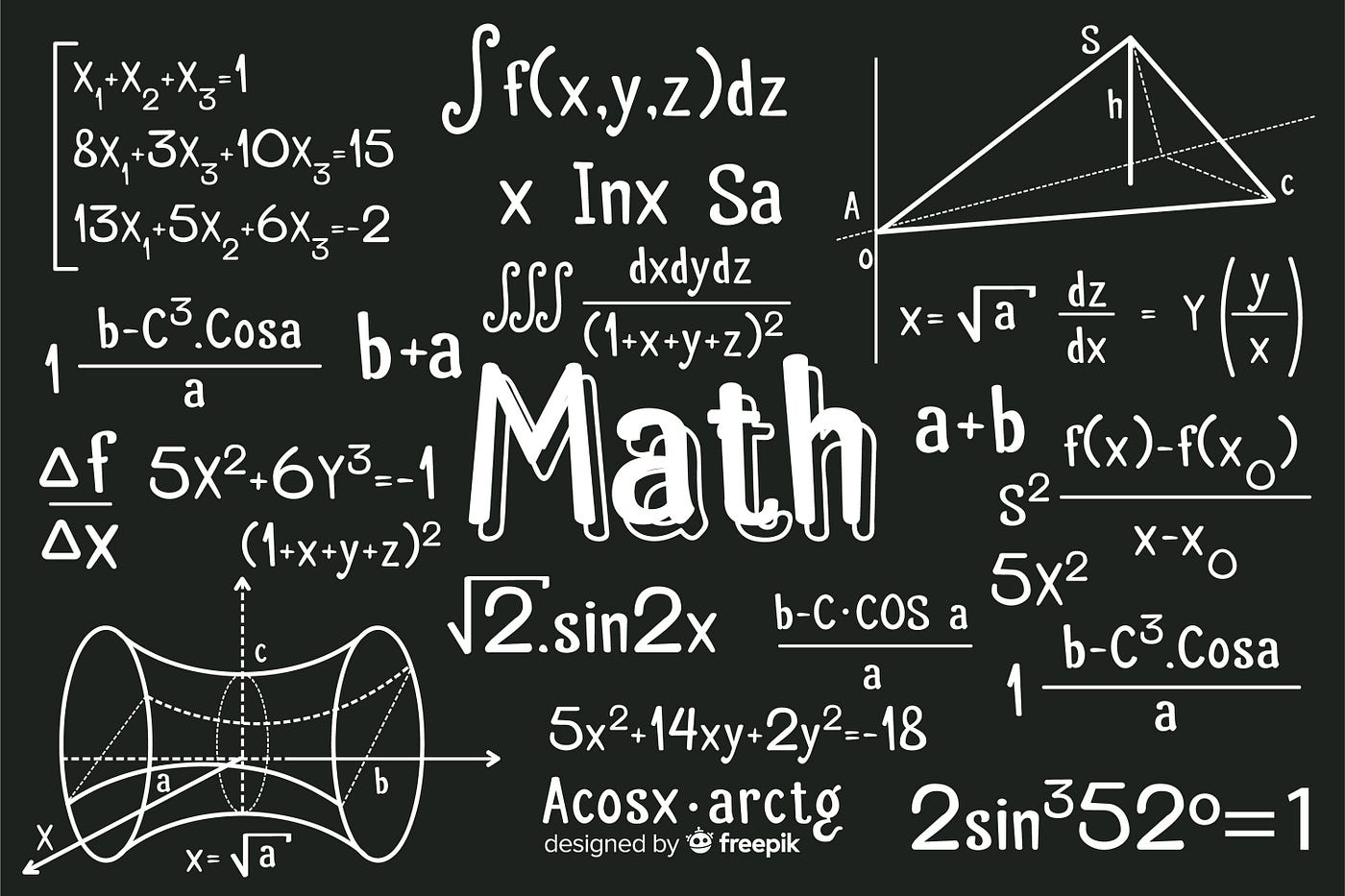>Math Module - Overall explanation
Introduction
Other than Python built-in functions, there are numerous functions which can be found in some packages which need to be imported when needed which are called modules.
Such a module in python is the math module. Python's standard library provides a module viz. math for math functions that work with all number types except complex numbers.
The Math module in Python is enriched with plenty of functions.
Note!: To use the math module one must import it first into the Python compiler one has been working with. The syntax to do so is given below:
import mathFUNCTIONS IN MATH MODULE
ceil(): This function returns the closest just above integer when a value has been passed.
Syntax:
x = math.ceil(2.4)
print(x)
Syntax:
y = math.floor(2.4)
print(y)
Syntax:
print(math.fabs(2.4))
print(math.fabs(-6.8))
print(math.fabs(-27))
print(math.fabs(78))
More functions based on this module will be continued in a later blog post...
©SGPython

Comments
Post a Comment